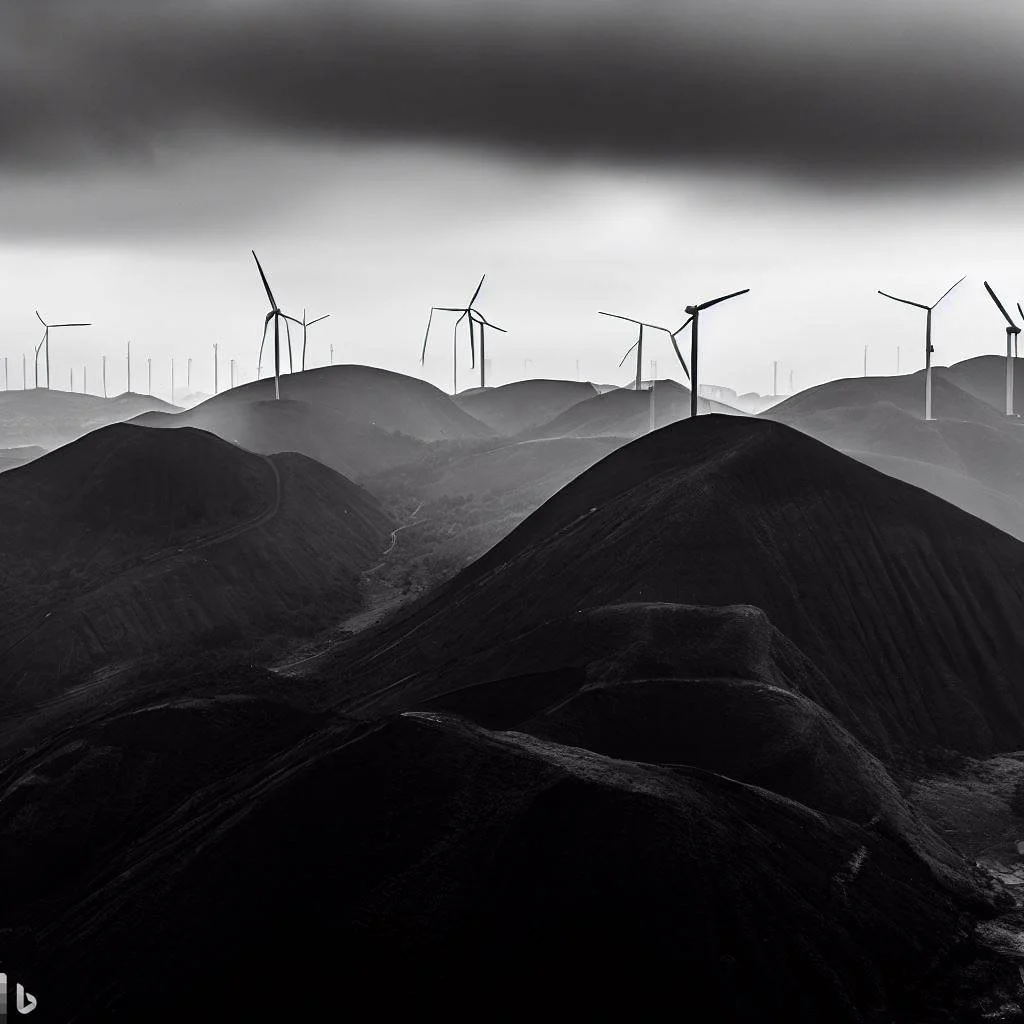A Dystopian View of the Future
It’s 2023 and I’m lucky enough to live in stunning Mid-Wales, something I’ve done for the last 22 years. Sometimes, I liken it to what must be perceived by many as the rural idyll of 60+ years ago, where people’s needs and wants seemed to be more in tune with what the land could provide. And to an extent, it is still a bit like that… its relatively undiscovered rurality; a left-behind bit of the UK four hours’ drive from London and the South East, that feels like it’s a whole different world and much further away! But all that may be about to change
Plans are afoot by governments and foreign-backed investors – otherwise known as renewable energy firms – to bring this astounding area of natural beauty bang up to date – as they see it - or permanently ruin it, as I and many others see it. The plans are for a dystopian world, reminiscent of George Orwell’s “1984”. Claims are being made by those same governments and developers that Wales must reach “net zero” by 2050, or, even more ambitiously (and unrealistically) by 2035. And in order to achieve their policy aims, they intend commit rape and pillage of the countryside of Mid-Wales. Large tracts of land will be covered in all the paraphernalia that goes with renewable energy production, be it 220-metre high wind turbines, solar arrays, substations, battery storage, or access tracks. Take your pick; they all represent the industrialisation of a rural idyll; it’s as simple as that. These industrial monstrosities have no place in one of the UK’s last wildernesses. And now, ask yourself this question: the energy produced by all these industrial scale installations, where, initially, will it go? And another question: does Wales need it? And another: will it reduce your energy bills? And another: who profits from this “progress”? Here are the answers: the energy has to go into the National Grid – more on that later. Does Wales need it? Not at present, but “pro” pundits will have you believe it will in just a few years’ time, so in the meantime, it’ll be exported, mainly to England. Bill reduction? Dream on! Profits? The developers and operators. So, back to the Grid. To connect a lot of these so-called “energy parks” will require High Voltage Lines (“HVLs”) to stretch around 60 miles via pylons from Mid-Wales to a little North West of Swansea. If the HVLs aren’t suspended on pylons, marching across the beautiful countryside of South Powys and Carmarthenshire, then they might be undergrounded. That would involve digging a trench around the width of a dual carriageway, blasting its way through 60 miles and countless critical wildlife habitats, whilst scarring the countryside for years. Just like building a new road, everything in its path would be devastated, though some would argue that “you can’t make an omelette without breaking eggs!” But, if, on the other hand, the HVLs are held on pylons, woe-betide anyone living nearby, as there are many well-known health risks associated with such proximity. So, here’s hoping that that dystopian army of pylons, marching across the hills and valleys of Mid-Wales, arms outstretched, but not in a warm, friendly welcome, rather in a menacing and ugly gesture, does not become a reality.
AI generated image of a potential future view of Mid Wales




